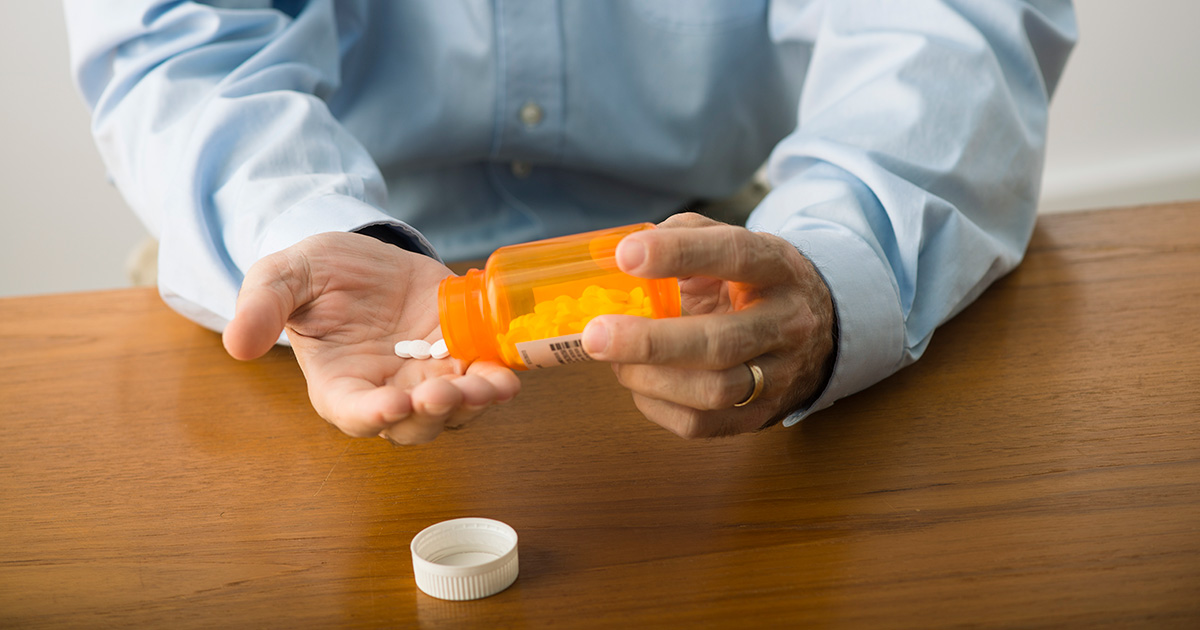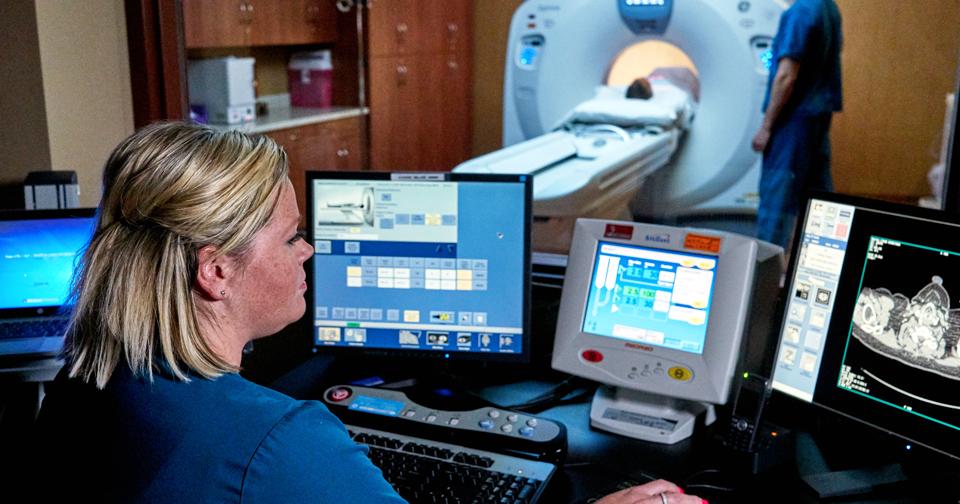Acute Lymphoblastic Leukemia Symptoms And Solutions
Targeted Therapy

Targeted therapy involves using medications that work differently from chemotherapy. Chemotherapy has widespread effects, meaning it often kills healthy cells near the cancer cells, but not the medications in targeted therapy. Targeted therapy medications specifically target certain cancer cells. This means less damage to healthy cells and fewer side effects. Targeted therapy medications are consumed orally in the form of pills and are sometimes continued after remission to keep the cancer from returning.
Radiation Therapy

Patients with acute lymphoblastic leukemia do not usually undergo treatment with radiation therapy. However, there are several situations in which it can be useful for affected individuals. Radiation therapy is the use of high-energy particles or beams of radiation to kill off malignant cells in a localized area. Radiation therapy can be useful in treating a patient's leukemia if it has spread to the brain, spinal fluid, or the testicles. Whole body radiation is sometimes used in ALL treatment before the patient undergoes a peripheral blood stem cell transplant or bone marrow transplant.
When a tumor is pressing on a patient's trachea that has formed as a result of acute lymphoblastic leukemia, radiation may be used to shrink it and resolve any breathing problems it is causing. In addition, radiation can be used in a patient who is feeling bone pain in a certain area that has been invaded by ALL when chemotherapy has not provided pain relief. Treatment with radiation therapy is similar to getting an x-ray done, but with much stronger energy. Each radiation treatment is only a duration of a few minutes and the procedure itself is not painful.
